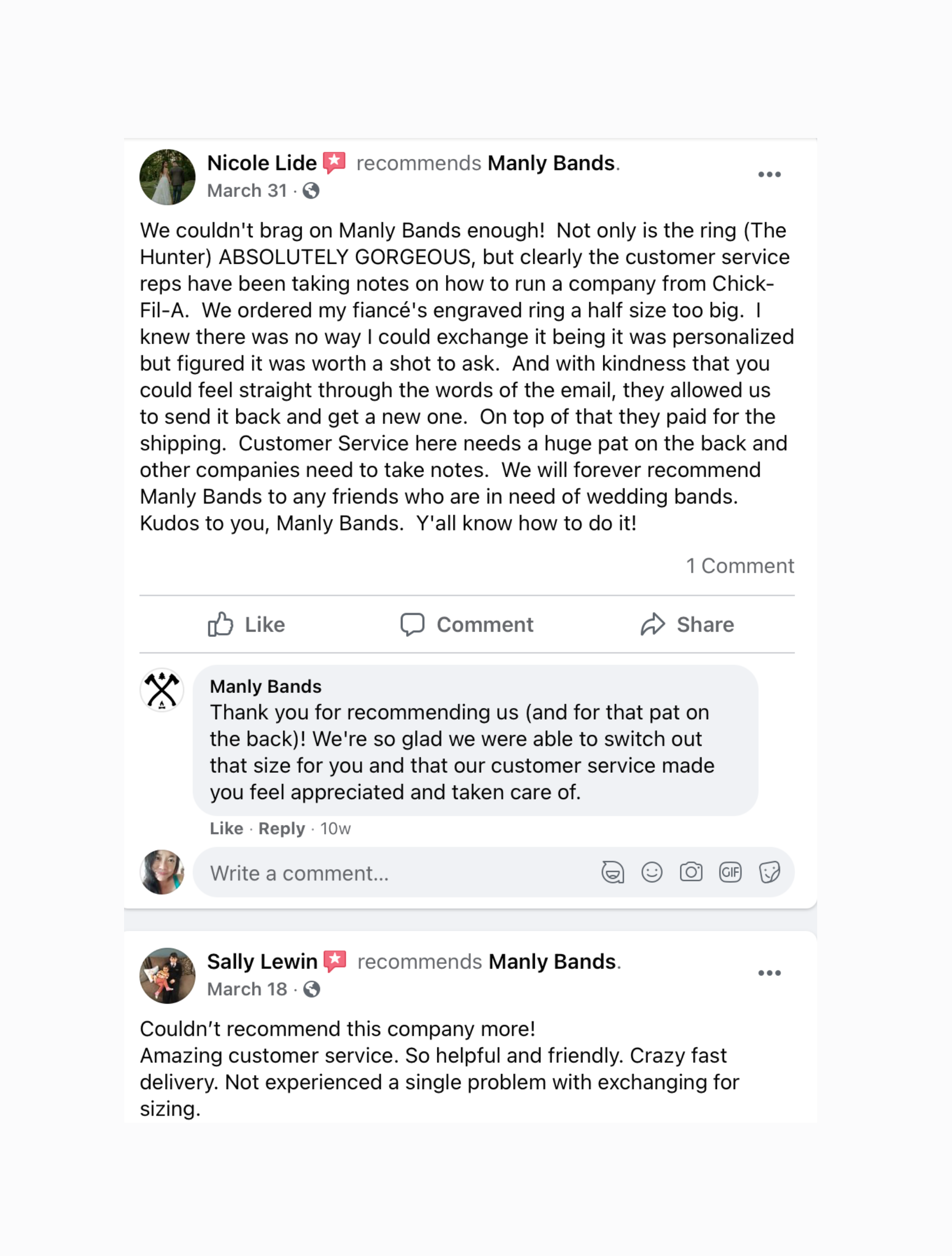Building rapport with customers is a skill. Delivering above-and-beyond experiences that foster customer loyalty is an expertise.
Brands are constantly seeking ways to increase customer loyalty and generate more positive reviews. One powerful method to achieve this is through exceptional customer support.
Customer support is a crucial factor in customer satisfaction and serves as the secret weapon in your marketing arsenal to fuel growth. Boosting customer loyalty requires the right team, equipped with the right training and experience to foster meaningful interactions.
Ready to build an experienced customer support team that moves the needle?
Over the years, Influx has built customer support teams for over 300 companies in the US, Australia, and Europe. These high-performance teams have cleared massive ticket backlogs of 11,000+ tickets within a month of onboarding or helped raise CSAT scores in just 30 days.
While there isn’t a one-size-fits-all formula for building a good customer support team, there are six things every team needs:
- Standards for excellent customer service
- The right customer support channels
- The right people and support leaders
- Data and tracking
- The right tools
- A knowledge base
Set standards for excellent customer service
How do you define excellent customer service in your organization, based on your company culture and values? Every company has unique standards for customer service. Some emphasize timely replies while others value customer satisfaction.
Let’s look at Manly Bands—a brand that aims to resolve customer issues with one-touch resolutions and thoughtful support. The company’svalues are built on helping couples enjoy the process of buying men’s wedding rings online.

Unsolicited praise is the highest form of customer satisfaction. Not only does Manly Bands have an amazing product, but its customer support team has high customer service standards that increase customer satisfaction.
Here’s what Influx implements in Manly Band’s customer service to increase satisfaction:
- Clearly define measurable KPIs. Metrics like CSAT, CES, or NPS are a great starting point.
- Define ‘resolution’ for customer interactions and when a ticket is closed.
- If you’re aiming to exceed expectations on response times, put solutions in place such as adding team members, increasing coverage hours, outsourcing customer support, or setting automation tools.
- Ensure that responses carry your company’s brand voice.
- Encourage a healthy feedback loop amongst the team that empowers and motivates them to deliver their best to customers.
Setting customer support standards holds your team accountable for consistently delivering high-quality service.
Set up the right customer support channels
What channels are your customers using? The right communication channels matter and it should be easy for your customers to reach you.
Every channel has its pros and cons. Email works best in providing attachments, and long descriptions or explanations, but requires longer wait times for customers. Live chat remains a hugely popular channel because it resolves matters instantly without interrupting customers online. Voice support might provide instant support, but can cost more.
The right channels will match your customers’ preferences, your team’s capabilities, and the nature of your business.
Pros and cons of customer support channels
Channel | Pros | Cons |
|
| |
Live Chat |
|
|
Voice Support |
|
|
Hire the right people, especially support leaders
“Go top-down, not bottom-up,” advises Influx co-founder, Michael de Wildt. A good leader knows how to rally their team.
If you’re going to build a team with more than ten members, get a good, competent manager-type first. Don’t skimp. They will be over-skilled as an individual player to start, and you’ll think you’re paying too much for their contribution role, but their experience will pay back in dividends once they build a team.
Questions to ask when hiring support teams
Hiring the right people makes all the difference between providing mediocre service and delivering outstanding customer support experiences. So, how can you scale your customer support team?
Below, find a list of helpful questions to consider when assessing customer support candidates during the recruitment process:
- What qualities and skills do customer service agents need to deliver the standards you have defined for your company? And at what level of competence?
- Do they have a mindset of helping people?
- Do they have a blend of empathy, emotional intelligence, and critical thinking skills to resolve an issue, especially when they might have to deal with angry or frustrated customers?
- Are you providing training to ensure that your support team meets your company’s needs in delivering the proper support for customers?
- What is your onboarding plan for new agents? You’d need a program to teach the company culture, service standards, product or service knowledge, and technical training.
- What skills and career paths can they expect to succeed and advance in their lives to keep the team motivated?
Another option for scaling your customer support team is outsourcing. Know the pros and cons of hiring vs outsourcing to decide the best option for your business and circumstances.
Measure your data
The customer service software your support team uses can generate critical reports on tickets and resolved cases. But knowing what to look out for and why can be significant.
Ask these questions when examining data churned out by your support team:
- Are the support tickets answered and resolved promptly according to standards?
- Where do most of the support requests come from, and why?
- Are there enough support team members to resolve issues?
- Where does this data go to rectify or resolve repeat issues?
- What is the desired outcome of this data? The engineering or product development teams would need to know if bugs or glitches keep occurring. If agents are not meeting response times, then you’d need to focus on the ticket volumes handled per agent and raise the need for more support.
Different metrics can help your organization achieve various goals such as CSAT or NPS.
Equip your team with the right tools
Every master craftsman knows that tools of the trade are critical in getting a job done right. When building a customer support team, selecting efficient, functional software for agents to engage daily with customers makes a lot of difference.
The right support infrastructure repeats and scales, and it’s much easier to establish it early once you have the proper foundation in place. Set aside time to iterate and improve your helpdesk setup.
- Mikey de Wildt, Influx co-founder
Customer service software may include internal tools to create seamless workflows and a helpdesk as the primary platform for all customer conversations. The right helpdesk should include past conversation threads and customer information to help an agent get a quick overview before the conversation starts.
Here are the top 10 tools that every customer support team should have to ensure efficient and effective support operations:
- Customer relationship management (CRM) software (HubSpot, Salesforce, Zendesk)
- Help desk ticketing system (Freshdesk, Intercom, Gorgias)
- Live chat software (LiveChat, ThriveDesk, Pure Chat)
- Social listening and monitoring tools (Hootsuite, Sprout Social)
- Survey and feedback tools (SurveyMonkey, Typeform)
- Internal communication software (Slack, Microsoft Teams)
- Project management tools (Asana, ClickUp, Monday)
- Reporting and analytics tools (Google Analytics, Looker, Qualtrics)
- Call center software (Five9, RingCentral, Aircall)
- Knowledge base and self-service portals (Confluence, Helpjuice, Help Scout)
Using these tools, customer support teams can streamline operations, improve customer satisfaction, and enhance overall efficiency.
Build a knowledge base
A knowledge base pays enormous dividends to both your agents and customers. A constantly evolving and updated knowledge base makes it easy to find answers and information quickly. As customers are continually churning out new concerns and queries, you can have a frequent stream of feedback, which is beneficial for product development. So, start documenting early.
An excellent knowledge base also serves as marketing material, as potential customers can discover and understand your product or service.
What makes a good customer service team?
A strong structure and smooth workflow with the right tools and empowerment will help the team to perform at its best. Customer support also needs a place at the management table or strategy meetings where critical feedback can be shared and resolved.
A prime example we can share is Influx client Sendle, which is one of Australia’s fastest-growing companies that has engaged Influx to provide a layer of support while building its own customer support team.
The company’s goal has always been to proactively resolve customer issues by building a system that automatically raises alerts and fixes problems before customers raise them.
Why is it important to have a good customer service team?
Building a customer support team is truly all about what you wish to deliver to your customers when they reach out to you and how you’d like to achieve desired outcomes. Providing excellent customer support is a key aspect of the customer experience.
Building a customer support team that thrives on trust and support helps achieve customer support goals. After all, customer support represents the voice of the customer.
Scale your customer support team with Influx
Building and managing an excellent customer support team requires time and planning. Influx works as an added layer of support for your existing team with experienced agents trained in your brand voice. Learn how Influx can help build high-performance customer support teams operating globally, 24/7.


